According to a Reuters report, the text of US-China trade deal might not be ready for signing at the APEC summit in Chile on November 16-17. An unnamed official was quoted saying “If it’s not signed in Chile, that doesn’t mean that it falls apart. It just means that it’s not ready. Our goal is to sign it in Chile. But sometimes texts aren’t ready. But good progress is being made and we expect to sign the agreement in Chile.”
Though, White House spokesman Judd Deere insisted, “As the president said several weeks ago, we have reached a phase-one agreement with the Chinese and both sides are working to finalize the text for a signing in Chile.”
Separately, it’s reported that the amount of farm purchases is a sticky point for the text of the agreement. US is pushing China to spell out that it would buy as much as USD 50B of American farm products. But China would want to make it flexible and make the purchases based on market conditions. An unnamed Chinese officials said “China does not want to buy a lot of products that people here don’t need or to buy something at a time when it is not in demand.”
And separately again, China’s UN Ambassador Zhang Jun warned on Tuesday that US criticism on China’s Xinjian policy is not helping trade negotiations. The US, UK and 21 other states pushed China to stop detaining ethnic Uighurs and other Muslims in Xinjiang Zhang said, “the trade talks are going on and we are seeing progress. I do not think its helpful for having a good solution to the issue of trade talks.”




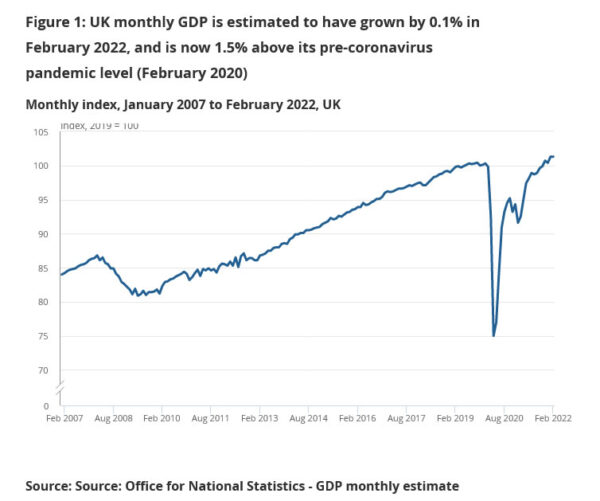
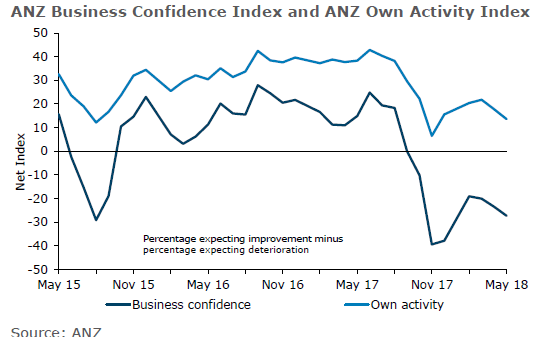
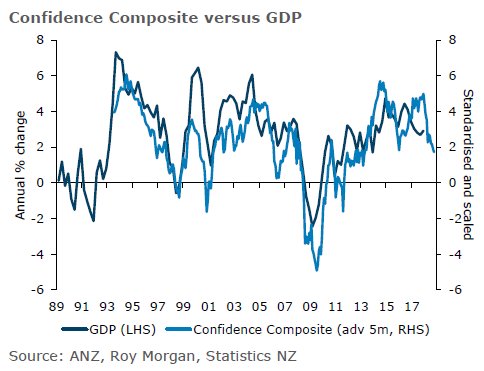

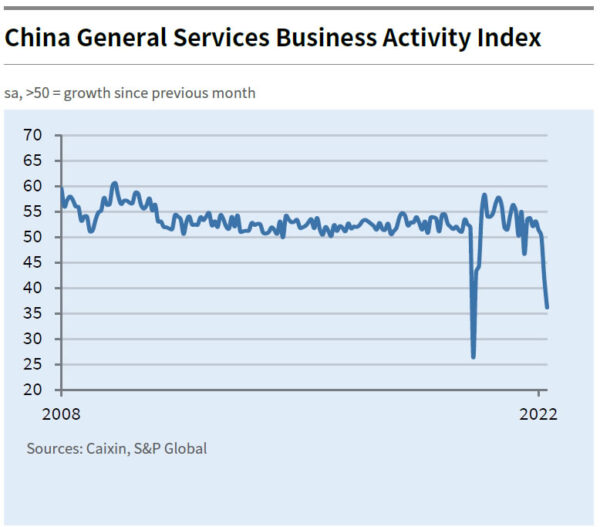
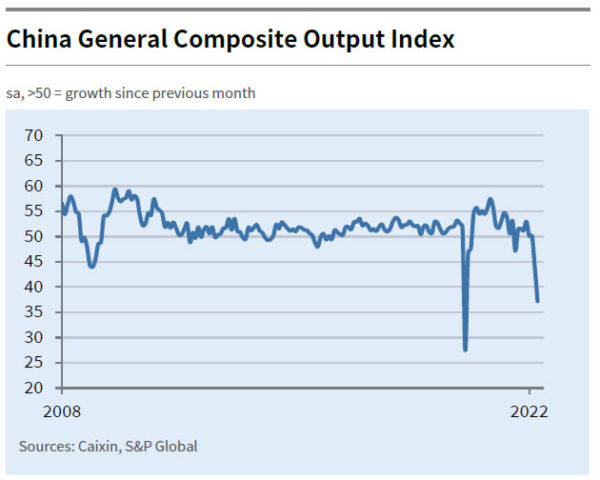
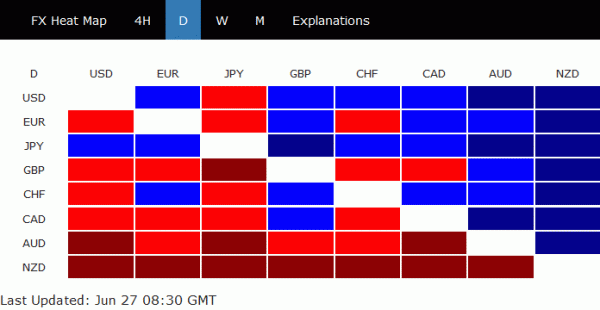
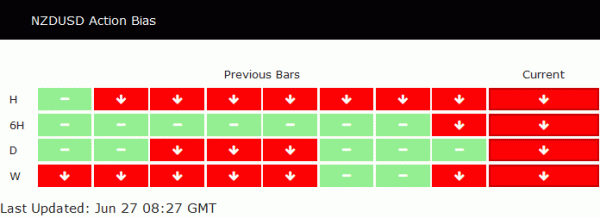
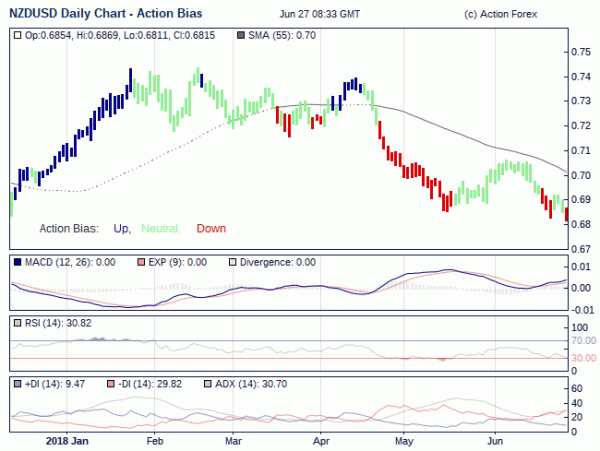
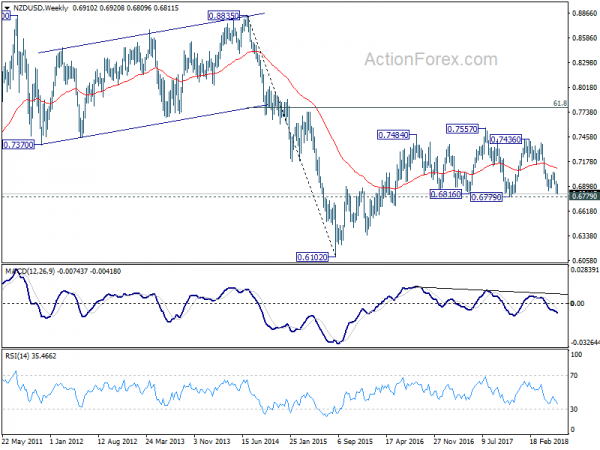
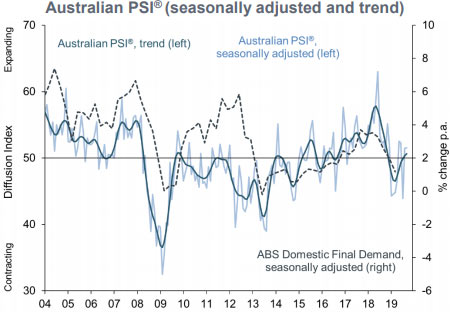
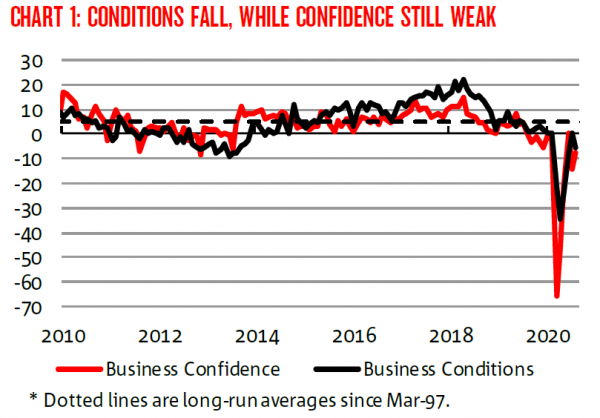
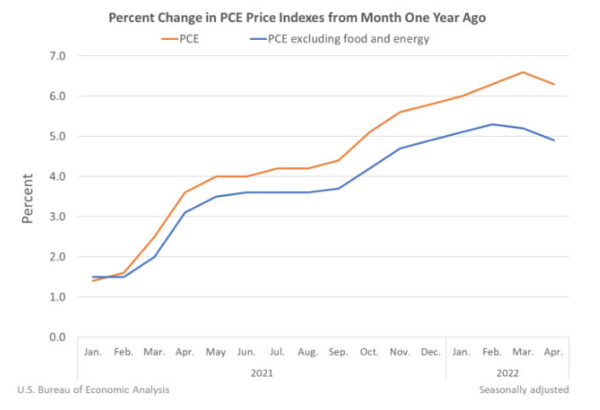
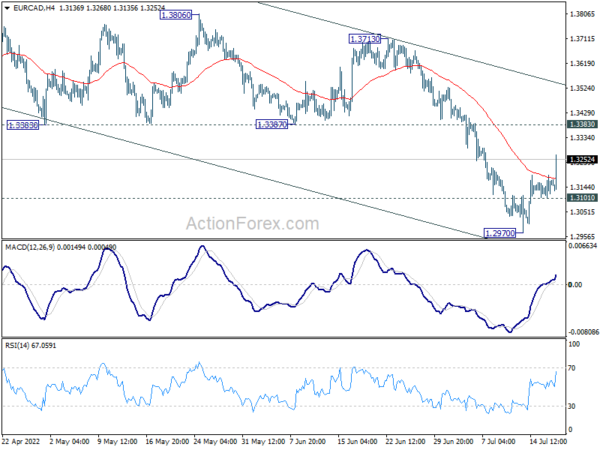
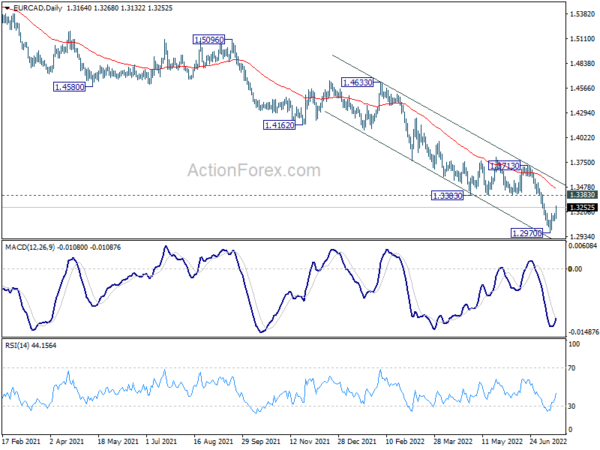
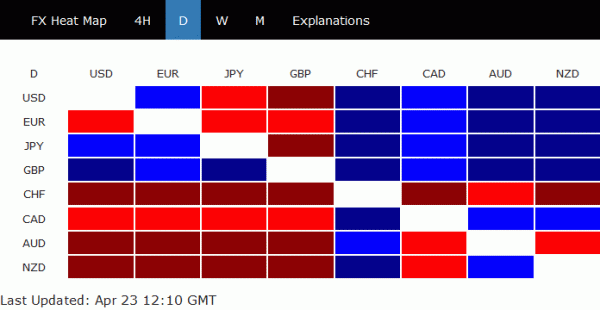
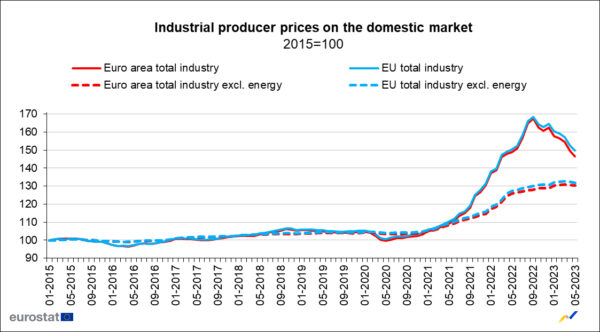

China’s NBS PMI manufacturing falls slightly to 49.1, Caixin manufacturing rises to 50.9
China’s manufacturing sector continued its contraction for the fifth consecutive month in February, with official NBS PMI decreasing slightly from 49.2 to 49.1, matched expectations.
New orders subindex remained steady at 49, indicating stagnant demand. New export orders fell further from 47.2 to 46.3, reflecting ongoing pressures on the export front.
NBS PMI Non-Manufacturing rose from 50.7 to 51.4 , surpassing the anticipated 50.8. PMI Composite remained unchanged at 50.9.
In parallel, Caixin PMI Manufacturing, which focuses more on small and medium-sized enterprises, edged up from 50.8 to 50.9 , slightly above expectations of 50.7.
Caixin noted sustained increase in output and new orders, with firms expressing improved business optimism for the second consecutive month. Additionally, input cost inflation declined to a seven-month low, while selling prices fell.
Full China Caixin PMI manufacturing release here.